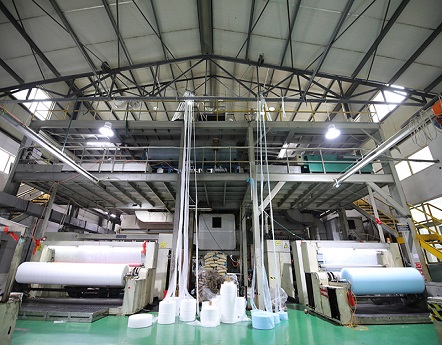Now more and more people use non-woven bags, and there are more and more
manufacturers of non-woven fabrics. Customers who custom-made non-woven fabrics often encounter such problems, that is, the color of non-woven fabrics is not good. When I get to the color I want, or I find this one to do it today, when I go to another company to do it, the color changes again. Even if I do the same color in one family, it will be the same every time.
Because there are more than ten common colors of non-woven fabrics, according to ten kinds, the price of each non-woven bag will have four commonly used weights of 70 grams, 80 grams, 90 grams and 100 grams. If the manufacturer If you put these ten kinds of cloth in stock at four grams, you will need forty kinds of cloth. One kind of cloth is half a ton, which is 20 tons of cloth. One ton is calculated at 15,000 yuan, which is 300,000 yuan in stock. The 300,000 won't be used up in a fixed week or a month. Many of them take half a year or a week to recycle. Maybe the cloth of this color can only be released after a year, and some colors need to be replenished continuously. In this way, the 300,000 yuan will be kept under pressure. In addition, the price of raw materials fluctuates rapidly, so the risk here is quite large, because the non-woven fabric will be stored for too long, and it will oxidize and throw away. some loss. Therefore, the current manufacturers do not do stocking cloth, that is, what the customer orders, as long as the cloth factory has it, it will be shipped immediately, which reduces the risk and speeds up the turnover of working capital, but the problem is that the color of the cloth is the same at a time. Customers cannot get products of the same color. Then some customers will ask why the fabric factory makes different colors. The printing factory prints four-color computer color matching according to the standard. Millions of machines have color difference every time. What’s more, the cloth factory has to buy color particles from the color masterbatch factory. Each batch of color masterbatch has color difference. Different batches of ingredients, temperature changes during the production of cloth and other factors, so each batch of cloth will be different.
Small batches cannot be unified in color. For example, if a customer wants a specific cloth color and the demand is large, it only needs to go to the color masterbatch factory to make the color masterbatch according to the color sample provided by the customer, and then produce batches of cloth. Due to the large quantity, several tons of cloth are needed for one order, so the color can be unified and the color desired by the customer can be achieved, and the color difference can be minimized.













